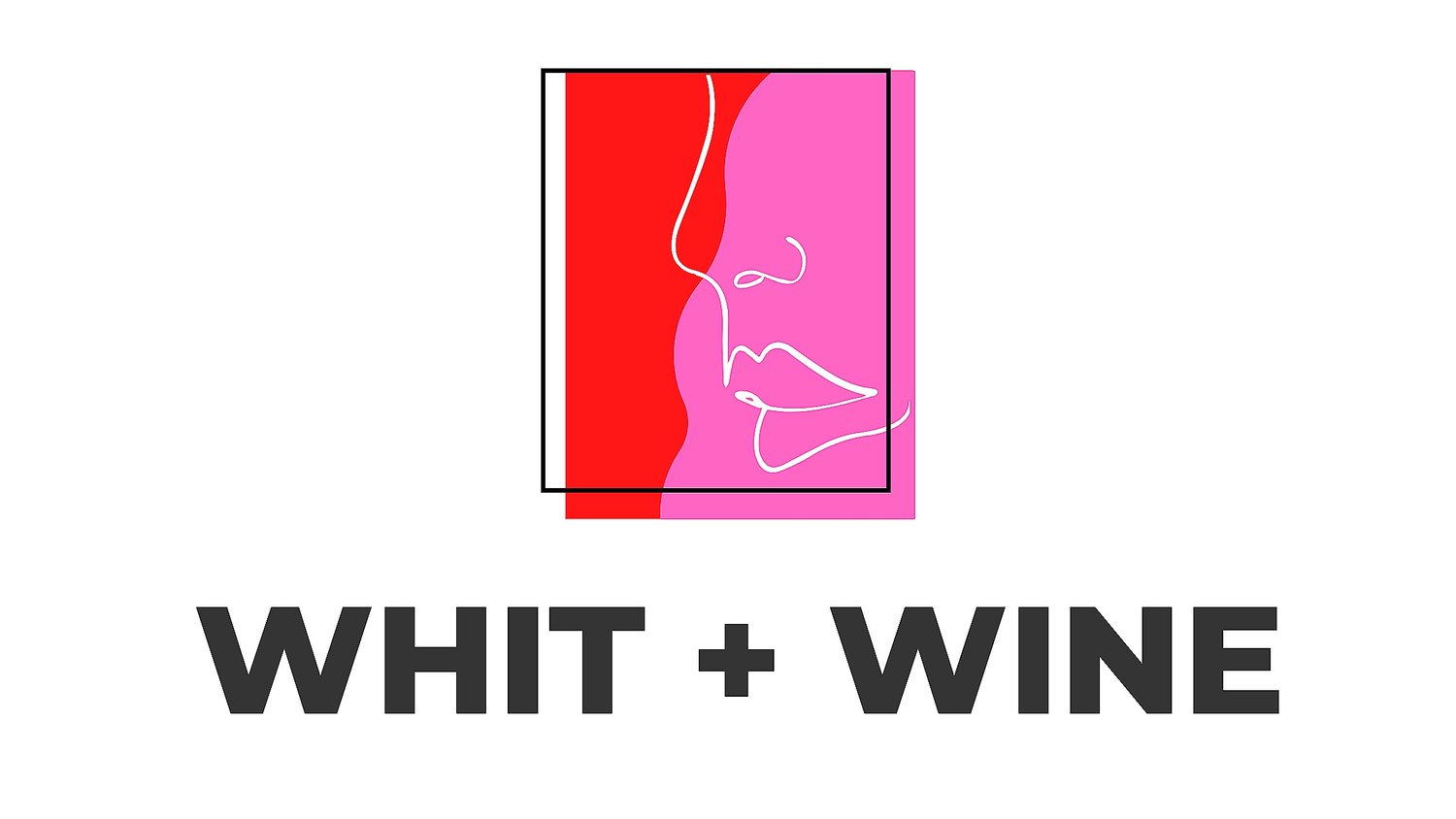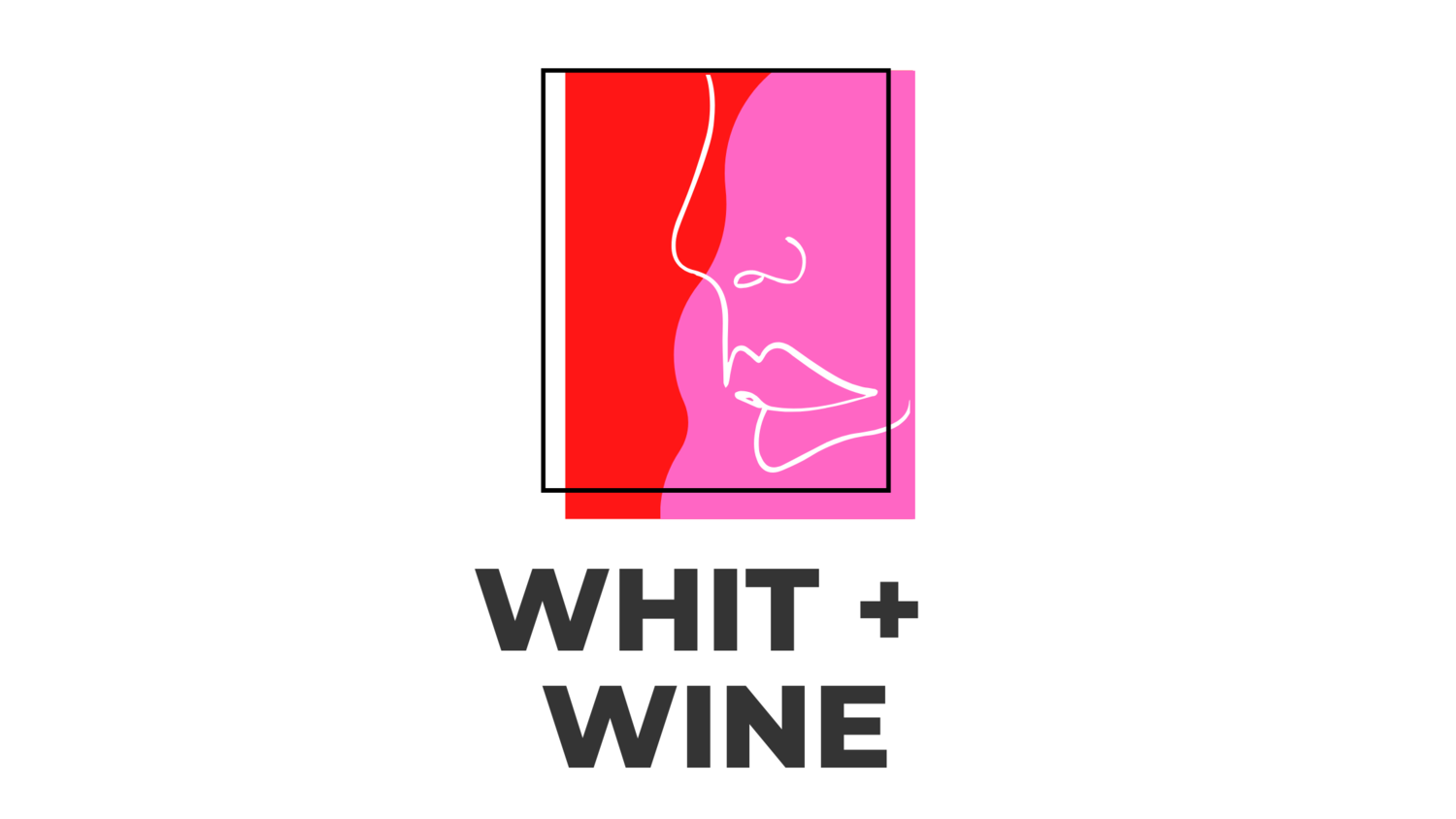Three Distinctive German Wines to Prost Every Moment
2021 was the year I really dug into German wines. I had no idea how much sustainability was rooted in German winemaking until this past spring. In fact, about 50% of EU Certified German wineries are members of ECOVIN or Demeter International, two of the largest organic and biodynamic certifying bodies, which means finding organic and biodynamic wines is accessible.
As I gather with friends and family to close out the year, these are the three wines I’m choosing to prost (or cheers) the moment with!
2020 Jan Matthias Klein, Little Bastard White Blend, Mosel, Germany
A blend of 60% Riesling, 25% Sauvignon Blanc, 12% Müller-Thurgau, 3% Skin Fermented Muscat. Say what, now?!
Little Bastard is sneaky! A white blend that flexes with food. A decidedly pronounced acidity unveils white peach, apricot, and yellow apple. If you blink, you might miss green herbs with a citrus bite. Jan Klein’s singular goal is to create wines in harmony with nature - showcasing the brilliance of zero/zero wine. The wine was bottled after malolactic fermentation with residual CO2. The unfined/unfiltered white blend is worthy for any occasion and ideal for those uninitiated with unfiltered white wine.
The Mosel is known for being the most famous Riesling region in the world. Wines from the Mosel range from dry to off-dry to sweet, and grapes are grown on incredibly steep slopes typically made of slate soil. Typical notes of Mosel Rieslings include peach, honey, floral, citrus, petrol, with sharp acid, and a bit of a spritz.
2020 Andi Knauss, La Boutanche Rosé,
Württemberg, Germany
Say yes to German Rosé! 100% Trollinger AKA Schiava, a red German/Italian grape varietal that grows successfully on the steep, sunny vineyards in the Württemberg region.
It’s an excellent alternative for fans of Gamay, lean red fruit with a soft floral quality, a dash of white pepper, and pronounced acidity; all the makings of a wine fit to be the perfect complement to roasted meats, seafood and fried foods.
I’ve posted about La Boutanche before, a collection of wines from natural wine importer Selection Massale made with various winemakers. The Trollinger Rosé is from Andi Knauss, a fourth-generation winemaker making incredibly memorable and energetic wines.
Württemberg is one of Germany’s premier red wine regions and one of the southernmost regions. About 70% of its vineyard area planted with red wine grapes - the most famous and widely planted red grape is Trollinger, considered the “Swabian national drink.” Beyond Trollinger, you’ll also find Lemberger, Spätburgunder, and Schwarzriesling (Pinot Meunier). Most of Württemberg’s vineyards are situated along the Neckar River and its tributaries.
2019 Shelter Winery, Lovely Lily Spätburgunder,
Baden, Germany
In my book, a dinner party hero brings a banger of sparkling or Pinot Noir. If you’re into Pinot, this is for you. Delicate yet punchy cherries meet refreshing acidity that brings the wine together with a hint of minerality and smoke to finish.
Baden, known for Pinot Noir, Pinot Blanc and Pinot Gris, is a narrow wine region that stretches from north to south along Germany’s southwestern border with France. While the warmest region in Germany, the cool microclimate of Baden is attributed to the Black Forests’ cooling effects, as well as limestone and loess soils.
Shelter’s winemakers, Hans-Bert and Silke Wolf, are crafting beautiful and powerful cuvées that would easily fetch $50-60 if labeled Burgundy; lucky for you, it’s not. At $20, the aromatic intensity and site-specificity of this Pinot have all the hallmarks of Burgundy but at a run-away bargain.
All three wines are made with almost no intervention: grapes grown without herbicides or pesticides; harvesting complete by hand, native yeast fermentation, no additives and minimal sulfur. Each is a spectacular example of natural German wine.





